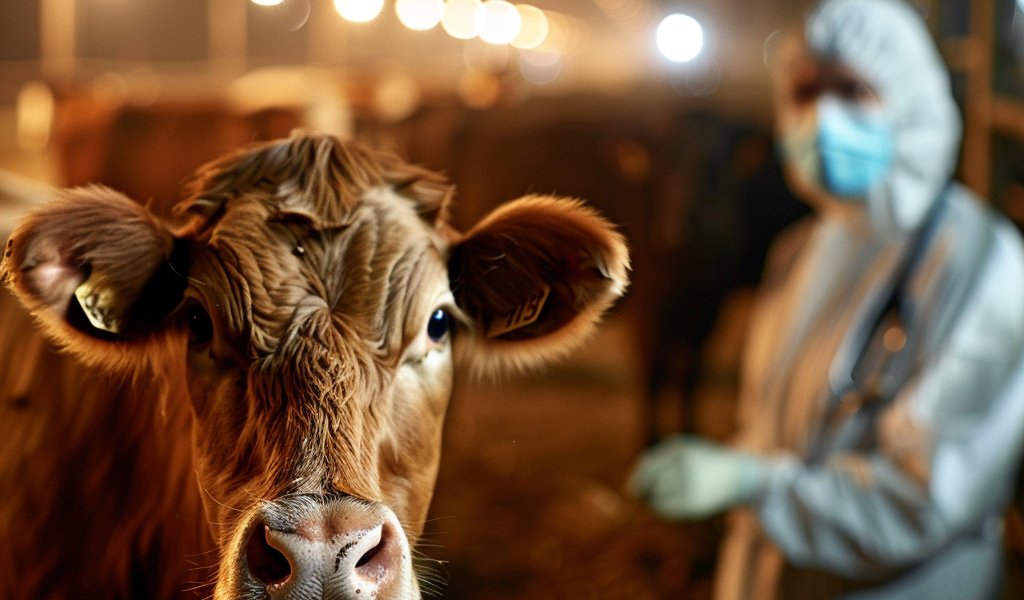An urgent health alert has emerged as a new study reveals that the strategies implemented to control the spread of bird flu are proving ineffective. The research, conducted by The Pirbright Institute, raises concerns about the H5N1 avian influenza virus, commonly known as bird flu, potentially evolving out of sight and posing a significant threat to human health.
Recent findings indicate that the virus has not only been detected in birds across the United States but has also spread to cattle, with nearly 200 dairy herds in 14 states testing positive for the disease. This alarming trend has prompted health professionals to sound the alarm regarding the possible implications of this virus transmission.
Dr. Thomas Peacock, a leading researcher in the field of H5N1 transmission, emphasized the historical significance of Influenza A viruses (IAV), noting that they have been responsible for more documented global pandemics than any other pathogen. Traditionally, swine have been viewed as the primary intermediary hosts that facilitate the adaptation of avian influenza viruses to mammals, which can then lead to transmission to humans.
However, the evolving ecology of H5N1 is creating new pathways for the virus, raising fears that cattle could serve as a new reservoir for the disease. Dr. Peacock expressed concern that the current testing protocols for cattle only occur post-mortem, which means that infected animals could be posing a risk to humans long before they are identified.
“What keeps scientists up at night is the possibility of unseen chains of transmission silently spreading through farm worker barracks, swine barns, or developing countries,” he stated. The narrow testing criteria, coupled with fears of government authorities and limited resources, may allow the virus to evolve unnoticed.
The implications of this research are profound, as the potential for H5N1 to adapt and spread among humans could lead to a new pandemic. The study highlights the need for enhanced surveillance and testing protocols to identify and contain outbreaks before they escalate.
As the situation develops, health officials and researchers are calling for increased vigilance and proactive measures to combat the spread of avian influenza. The evolving nature of this virus necessitates a comprehensive approach to public health that prioritizes early detection and intervention.
In the face of this emerging threat, it is crucial for farmers, health workers, and the general public to remain informed and engaged in preventive measures. Awareness of the symptoms of bird flu and the importance of reporting unusual animal illnesses can play a vital role in mitigating the risks associated with this dangerous virus.
As research continues, the scientific community is urged to collaborate and share knowledge to better understand the dynamics of H5N1 transmission and its potential impact on human health. The findings from The Pirbright Institute serve as a stark reminder of the interconnectedness of animal and human health, underscoring the importance of a One Health approach in tackling zoonotic diseases.
With the potential for H5N1 to evolve and spread, the stakes are high. Ongoing monitoring and research will be essential in preventing a potential health crisis. Public health authorities must prioritize resources and strategies to address this evolving threat and ensure that both animal and human populations are safeguarded against the dangers posed by avian influenza.





